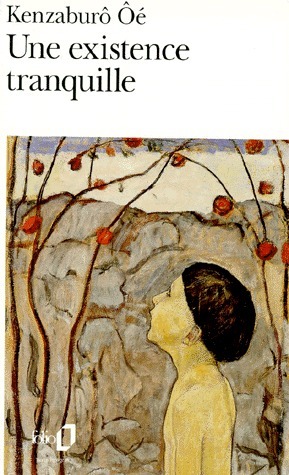What do you think?
Rate this book


288 pages, Paperback
First published October 25, 1990
I don't have the ability to comment on French style, but with Céline, I get the impression that he writes in a way that, contrary to what I had imagined, presents a serious subject in a light and straightforward manner - and I like this. I had copied this passage on one of my cards a few days before, and was translating it far into the night, when I realized Father was standing beside me, having snuck up without my noticing - which is another reason this passage, in particular, remains in my heart. Father doesn't dare touch my letters, but he readily picks up the books I read, or the reference cards I make, and looks at them. He does this all the time, and it has irritated me since I was in kindergarten. And that night, while I was copying down some more passages from the book, he picked up a few of the cards and said, "Hmm ... 'the old have nothing more to hope for, these kids, all ...' How true." His voice was so unusually earnest and sad that I couldn't make a face at him for having read my cards without asking me.
The next day, however, Father brought me volumes one and two of Céline's Novels, from the shelf of the Pléide editions he especially treasures...
"Ma-chan," she said, "the little relief I find in what you told me, if I can call it that, is that you apologized for Eeyore before the girl called you dropouts and not afterwards. I wouldn't have gone so far as to slap her in the face, but if I'd been there, I would at least have made her take it back. I wish you had. It's very important for a human being to take such action."